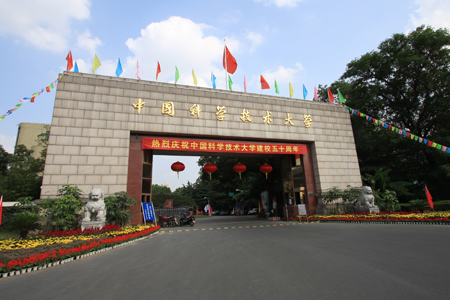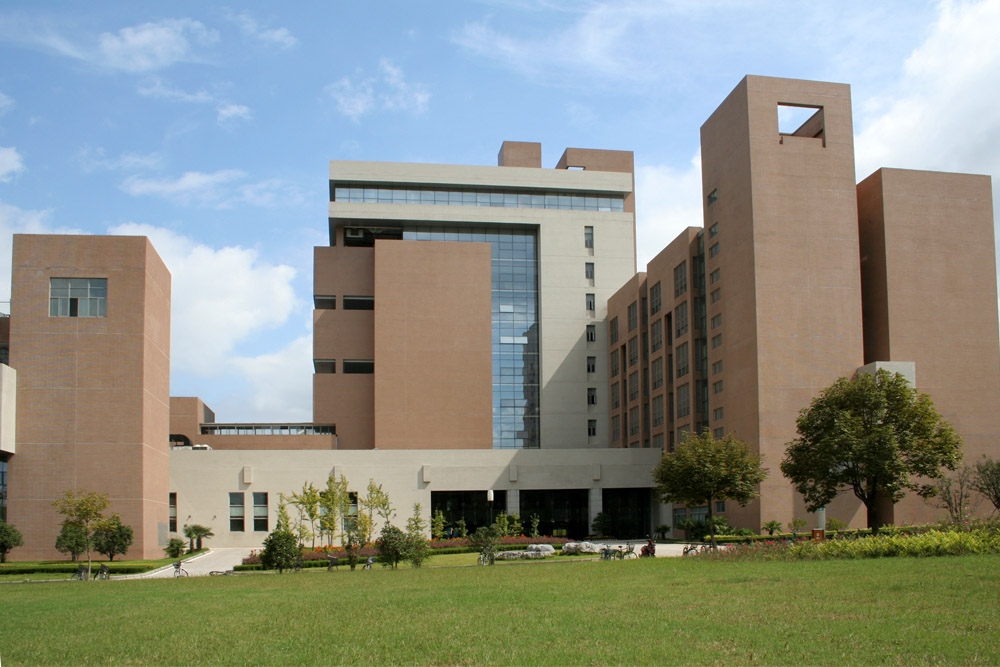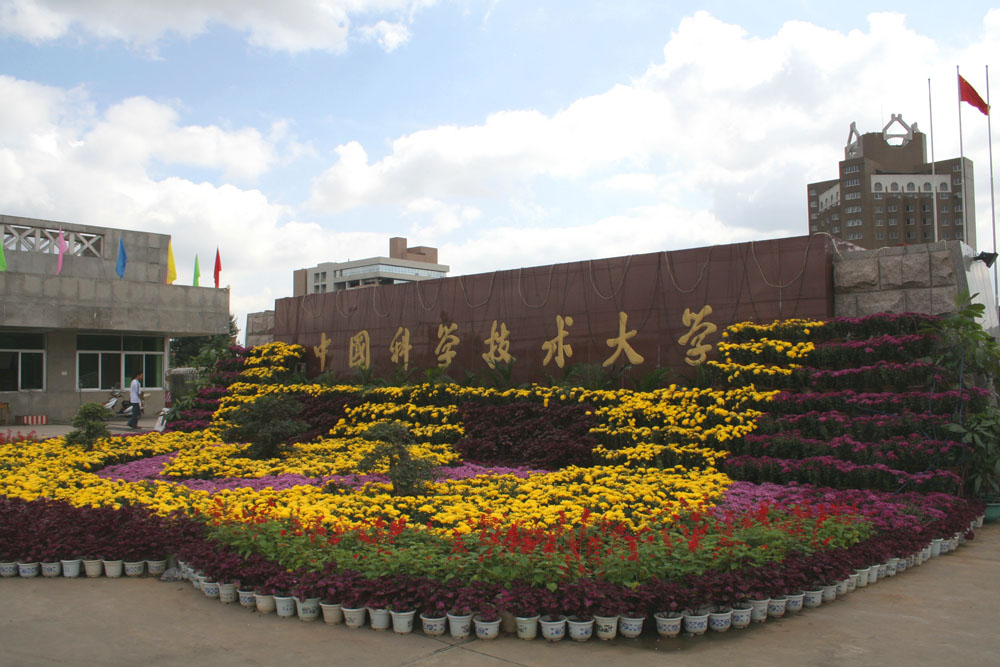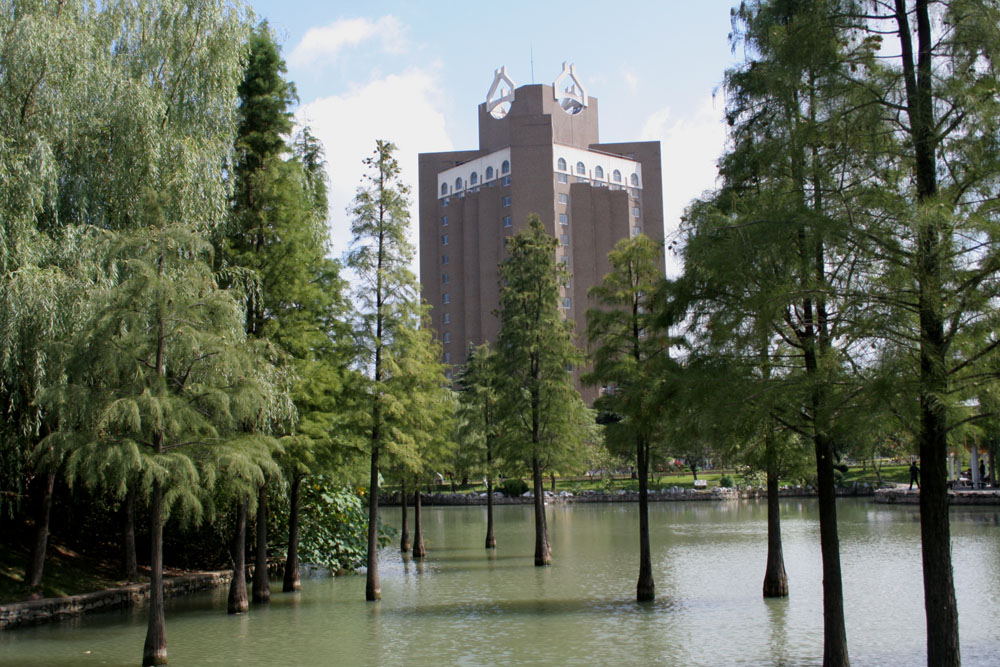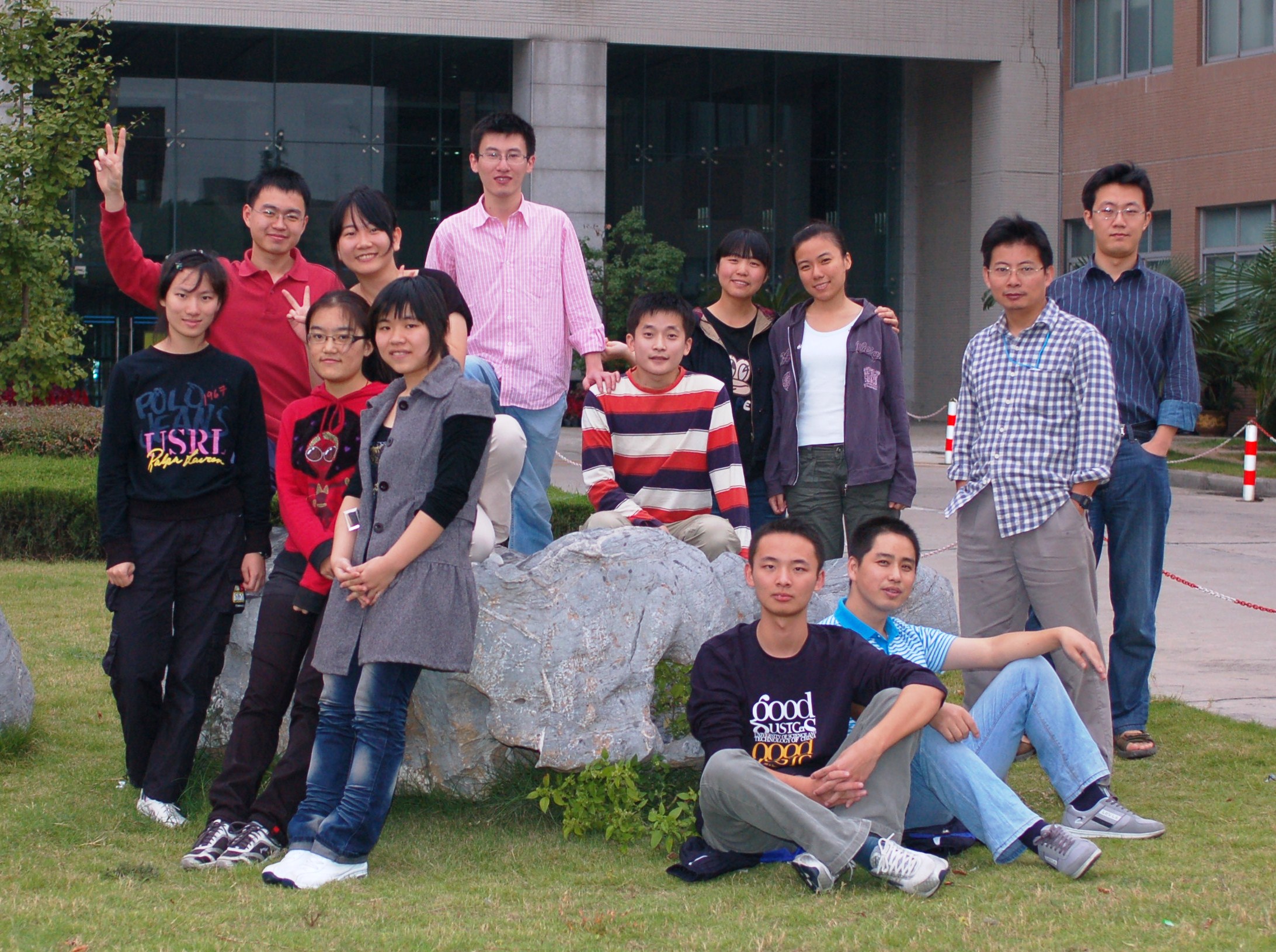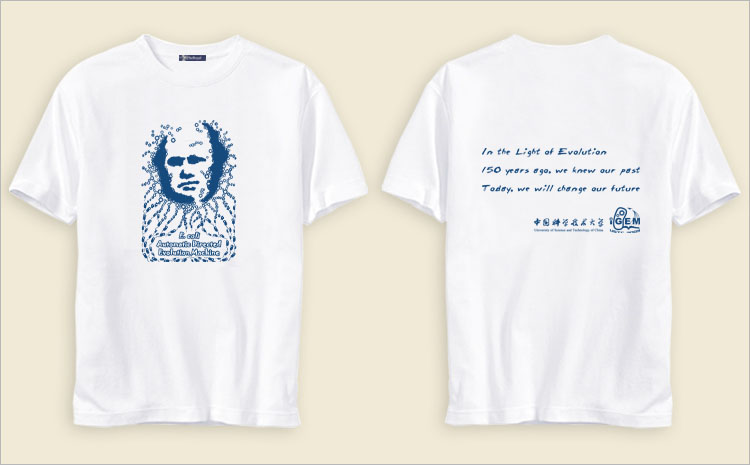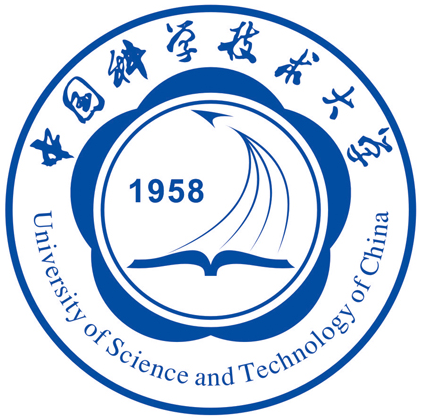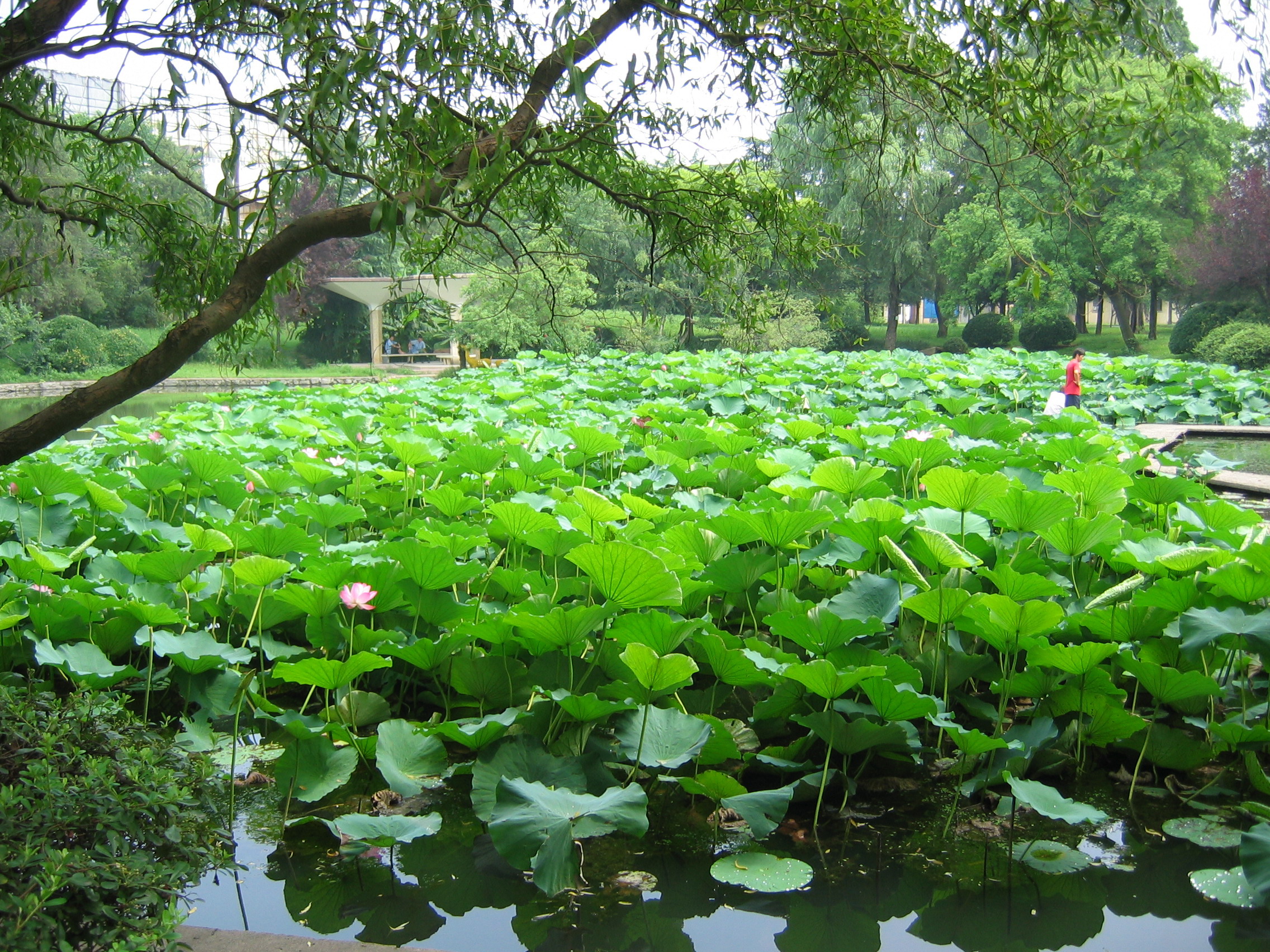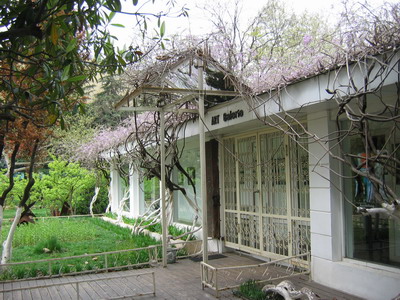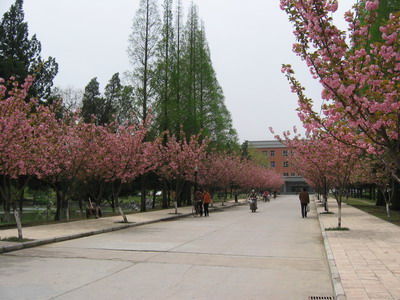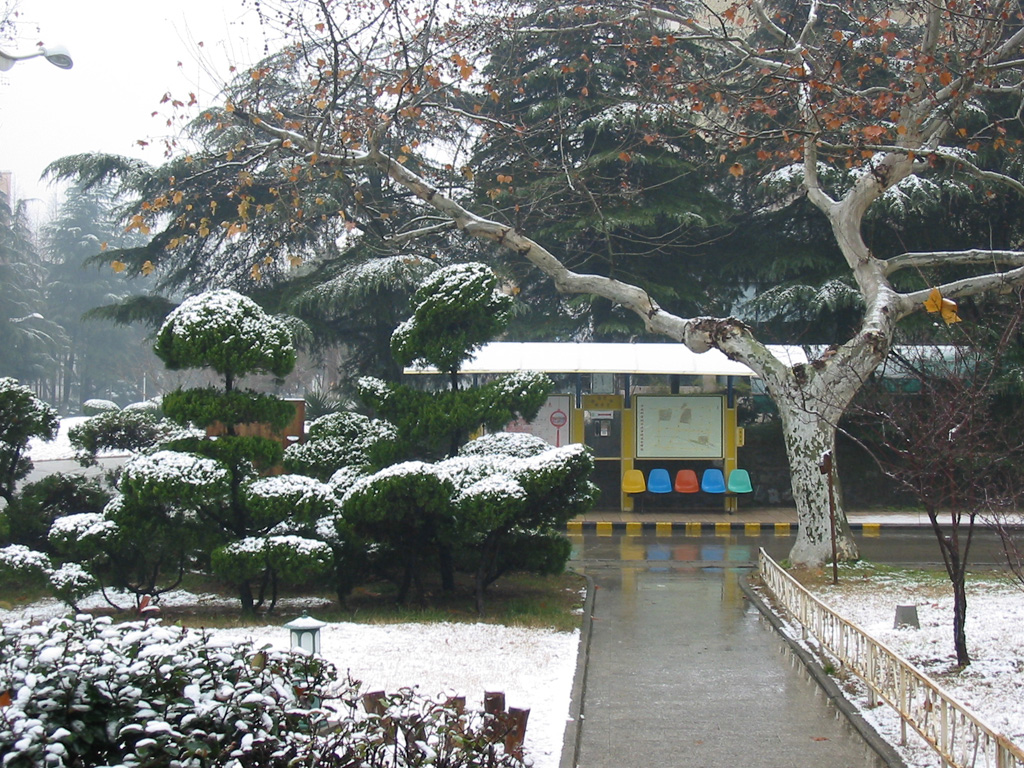Team:USTC
From 2009.igem.org
(→Acknowledgement) |
|||
| Line 87: | Line 87: | ||
Prof. Maikun Teng and Prof. Congzhao Zhou (USTC), helped us to get the funding. | Prof. Maikun Teng and Prof. Congzhao Zhou (USTC), helped us to get the funding. | ||
| - | Dr. Huichao Ou and Lidan Wu (USTC) helped us to design our team | + | Dr. Huichao Ou (USTC) helped us to design our team logo and t-shirt, and took photographs for us. Lidan Wu (USTC) also helped us to design our team t-shirt. |
People in USTC_Software team helped us in modeling of our systems. | People in USTC_Software team helped us in modeling of our systems. | ||
Revision as of 19:31, 21 October 2009
| Home | Team | Project | Modeling | Parts | Standard & Protocol | Software Tool | Human Practice | Notebook |
|---|
Team:USTC
Contents |
Welcome to the Wiki of USTC iGEM 2009 Wet Lab Team!
We sincerely appreciate your visit. From this wiki, you'll step into the mystical world of our explorations in synthetic biology this year!
Team USTCUniversity of Science and Technology of China ([http://en.ustc.edu.cn/about.php USTC]), located in the beautiful city Hefei in Anhui province, is one of the most famous universities in China. This is the 3rd year for USTC to participate in iGEM. This year we have two teams, the wet lab team USTC and the dry lab team USTC_Software. The two teams are readily collaborating with each other to solve interdisciplinary problems. The wet lab team consists of 7 undergraduate students, 3 graduate students, 2 PhD student instructors, 2 faculty instructors and 2 faculty advisors. We are from different departments of USTC: Department of Systems Biology, Department of Molecular Biology and Cell Biology, Department of Chemical Physics, Department of Chemistry, and Department of Polymer Science and Engineering. However, we are with the same enthusiasm and confidence to do some things both fundamental and original. | ||
Project E.ADEMEvolution is more powerful than the God, as Charles Darwin told us 150 years ago. This year, our team is trying to manage the power of evolution, the power of creating everything from biomolecules to ecosystems, by engineering an E. coli Automatic Directed Evolution Machine (E.ADEM). The ultimate goal is to make E.ADEM a universal framework for evolutionary approaches in synthetic biology. Anything we want in synthetic biology can be automatically created, from promoters, RBS, regulators, receptors, binding partners, aptamers, enzymes and ribozymes, to sensors, logic devices, reporters, metabolic pathways, entire genomes, and even solutions of mathematic problems. To each evolution object you want it to evolve, a scoring function can be designed to output PoPS as the [http://en.wikipedia.org/wiki/Fitness_%28biology%29 fitness] score to your demand. After that, you can ligate the scoring function device into the E.ADEM plasmid, transform E. coli, culture the cells and wait for them to evolve automatically and robustly, and get what you want at last. E.ADEM is designed by implementing [http://en.wikipedia.org/wiki/Evolutionary_algorithms evolutionary algorithm] back into biology. The output of the scoring function is connected to the core of E.ADEM, a self-adaptive controller that can adjust variation rate and [http://en.wikipedia.org/wiki/Selection_pressure selection pressure], base on the fitness score, the population size and the average fitness score calculated by a quorum sensing device. To carry out individual functions, 3 more modules are also designed: a variation function to change the evolution object by mutation or recombination, a selection function to control the survival or death of the cell, and a reporter module to report the score to the user. We performed comprehensive measurement using constitutive promoter family stimulus signals and modeling of each components. A prototype machine with the self-adaptive controller is built. Modular design and PoPS device boundary standard will ensure the extensibility and universality of the machine. Please goto project page for more details. | ||
Links
|
SponsorsOur project is supported by the following divisions of USTC:
|
Acknowledgement
We would like to thank the following people for their help:
[http://www.duke.edu/~you/ Prof. Lingchong You] and Yu Tanouchi (Duke University) provided us the plasmid containing lacZalpha-ccdB.
Tony Pharo, Barbara Geissbuhler and Katharine Kramer ([http://www.scarabgenomics.com/ Scarab Genomics, LLC]) helped us in the shipment of their product MDS42 and MDS42recA Blue strains, and in using the strains.
Prof. Maikun Teng and Prof. Congzhao Zhou (USTC), helped us to get the funding.
Dr. Huichao Ou (USTC) helped us to design our team logo and t-shirt, and took photographs for us. Lidan Wu (USTC) also helped us to design our team t-shirt.
People in USTC_Software team helped us in modeling of our systems.
 "
"

